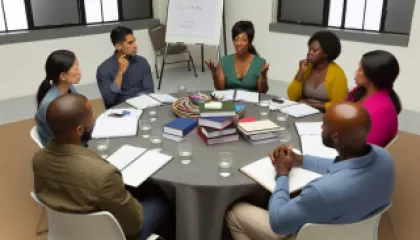Understanding Neurodiversity: Key Research Findings
1 year ago
Neurodiversity
Overcoming Family Feuds: My Journey to Peace
1 year ago
Family Conflict Resolution
Applying 'The Silver Linings Playbook' Insights to Mental Health Advocacy
1 year ago
Advocacy in Mental Health
Top 10 Time Management Techniques for Busy Professionals
1 year ago
Time Management
Top 10 Techniques to Sharpen Your Intuition
1 year ago
Developing Intuition
Understanding Recovery: A Review of Emotional Abuse Healing Research
1 year ago
Healing from Emotional Abuse
What Are the Core Principles of Emotional Intelligence?
1 year ago
Emotional Intelligence Basics
The Path to Healing: My Insights on Recovering from Trauma
1 year ago
Recovering from Trauma
Mindfulness vs. Meditation: A Step-by-Step Guide to Understanding the Differences
1 year ago
Mindfulness vs Meditation
Mastering the Mindset: My Journey to Embracing Success Psychology
1 year ago
Success Psychology
The Psychological Impact of a Digital Nomad Lifestyle
1 year ago
Digital Nomad Psychology
Unraveling the Psychology of Belief: Why We Hold Our Convictions
1 year ago
Psychology of Belief
Understanding Stress vs. Anxiety: A Comprehensive Guide
1 year ago
Stress vs Anxiety
Breaking Barriers: An Interview with a Diversity Expert on Confronting Bias
1 year ago
Confronting Bias
Rethinking Academic Stress: A Personal Perspective
1 year ago
Academic Stress















